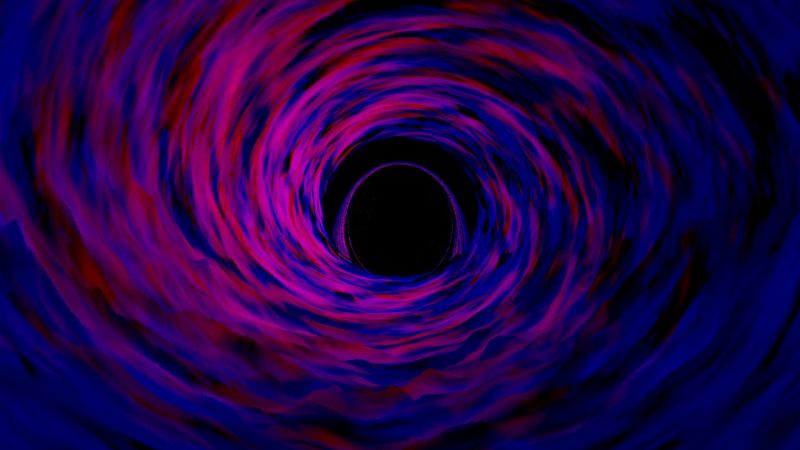Gaining insight into interiors of black holes, subtleties of the quantum realm, the Big Bang pushes us beyond the reach of experimentation. To get their hands to work, physicists turned to easily manipulable “analogue” systems governed by similar equations. In 2016, a physicist created a sonic black hole by making a fluid to trap sound much as a black hole traps light. He detected from his experiment an analogous effect to Hawking radiation, a black hole phenomenon hypothesised by Stephen Hawking. Results from such kind of analogue experiments are receiving warm welcomes from top scientific journals.
Do sonic black holes provide indirect evidence for Hawking’s theory? Do analogue experiments say anything about the untouchable physical systems? And most importantly, how can we be sure?
“Under which conditions can evidence that we obtain here in a certain experiment confirm or support claims about a different system, which is far away?” Stephan Hartmann at Ludwig Maximilian University questions the current doctrine. The philosopher of physics argues that the possibility of a ‘common cause’ underlying their similar mathematics licenses the sonic black holes analogue experiment to be a test for real black holes. This is just as how heart disease and yellow fingers share the common cause of smoking, and hence detecting one can be the evidence of the other. On the other hand, many black hole experts had little faith in the analogy and rendered it as misguided. They are reasonable sceptics- it is still an unknown whether the equations laid down by Hawking which grounds the analogy really describe black holes.
While the problem with analogous experiments brought physicists a headache, it brought philosophers wonderful philosophical questions that force us to learn about new types of evidence. Direct tests of string theory and the multiverse are conceived to be impossible. There is an increasing trend of physical theories that describe realms of nature inaccessible to experimenters.
“So we have to think about alternative ways of testing theories. And whatever we think about these analogue experiments at the moment, I think these works go exactly in the right direction,” Hartmann conjectured, “We need more of this (indirect evidence for scientific theories), and we will surely see more of this in the future.” Another task for scientists at hand is interpreting this new breed of experimentation. While we intuitively know that doing an analogue simulation, to doing a computer simulation, to doing a direct experiment is inherently different, what exactly is the difference is yet to be elucidated.





